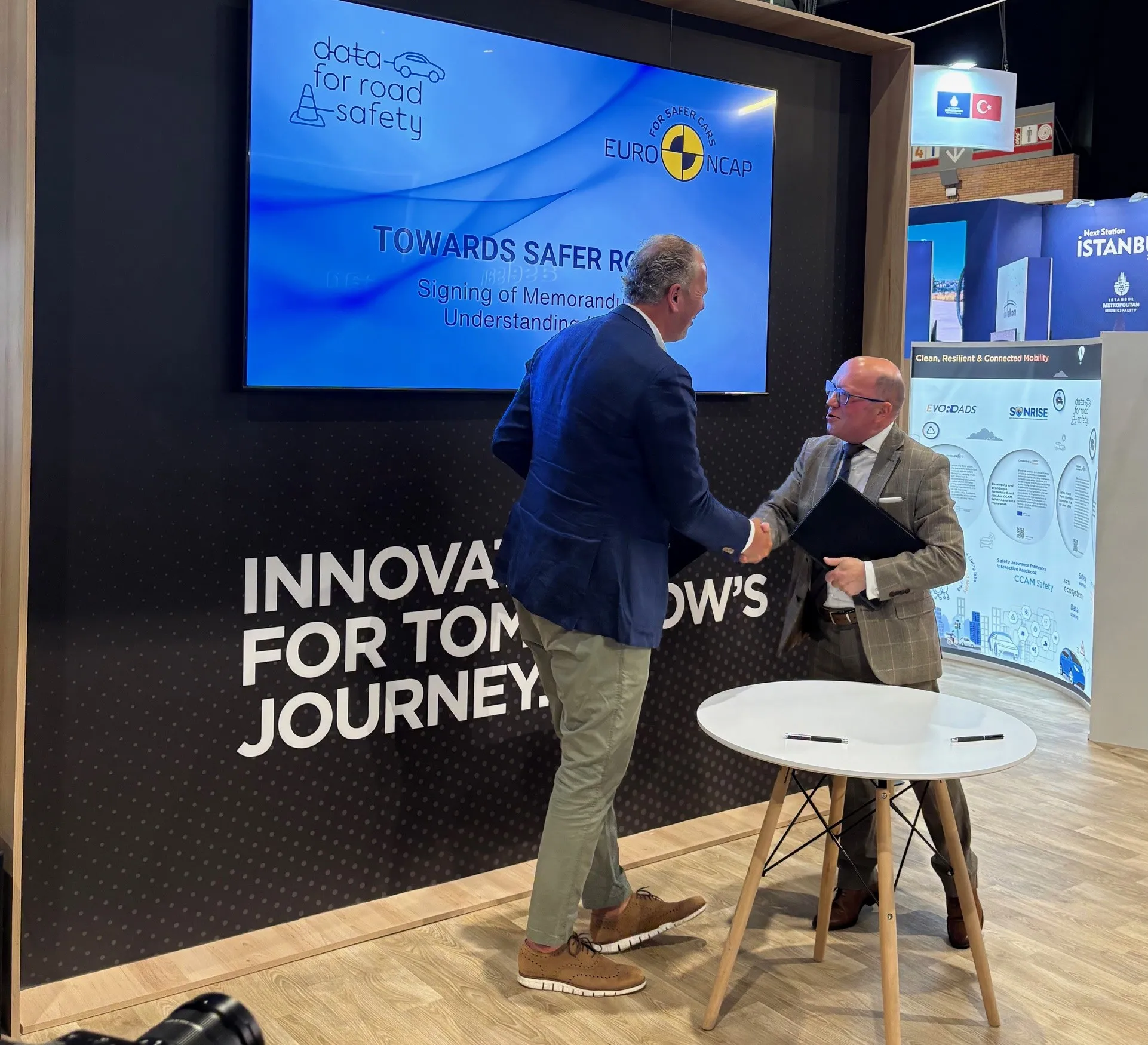
For the first time, Dow Coatings is making available in Europe and the Middle East its Fastrack HD-21A, an acrylic emulsion binder for the manufacture of water-borne road marking paints.
Fastrack HD-21A can be used alongside drying additives to expand the window of application. Dow says that Fastrack has been made for highways authorities which are looking to replace solvent-based road marking systems.
Fastrack has been made at the right time for highways operators and owners. The first P6 (EN 1824) certificates are likely to be introduced this year, as well as Green Public Procurement criteria for road markings.
Dow says that an independently validated life cycle assessment into the performance of high-build paint formulated with Fastrack HD-21A binder versus hot melt thermoplastic found that environmental and human health impacts were reduced in 10 out of 10 categories. Fastrack also offered a third of the carbon footprint.
Dow Coating Materials will also be sharing insights through a technical paper on the water-borne paints for sustainable road safety, presented at the accompanying Innovation Lab, as well as a seminar.









